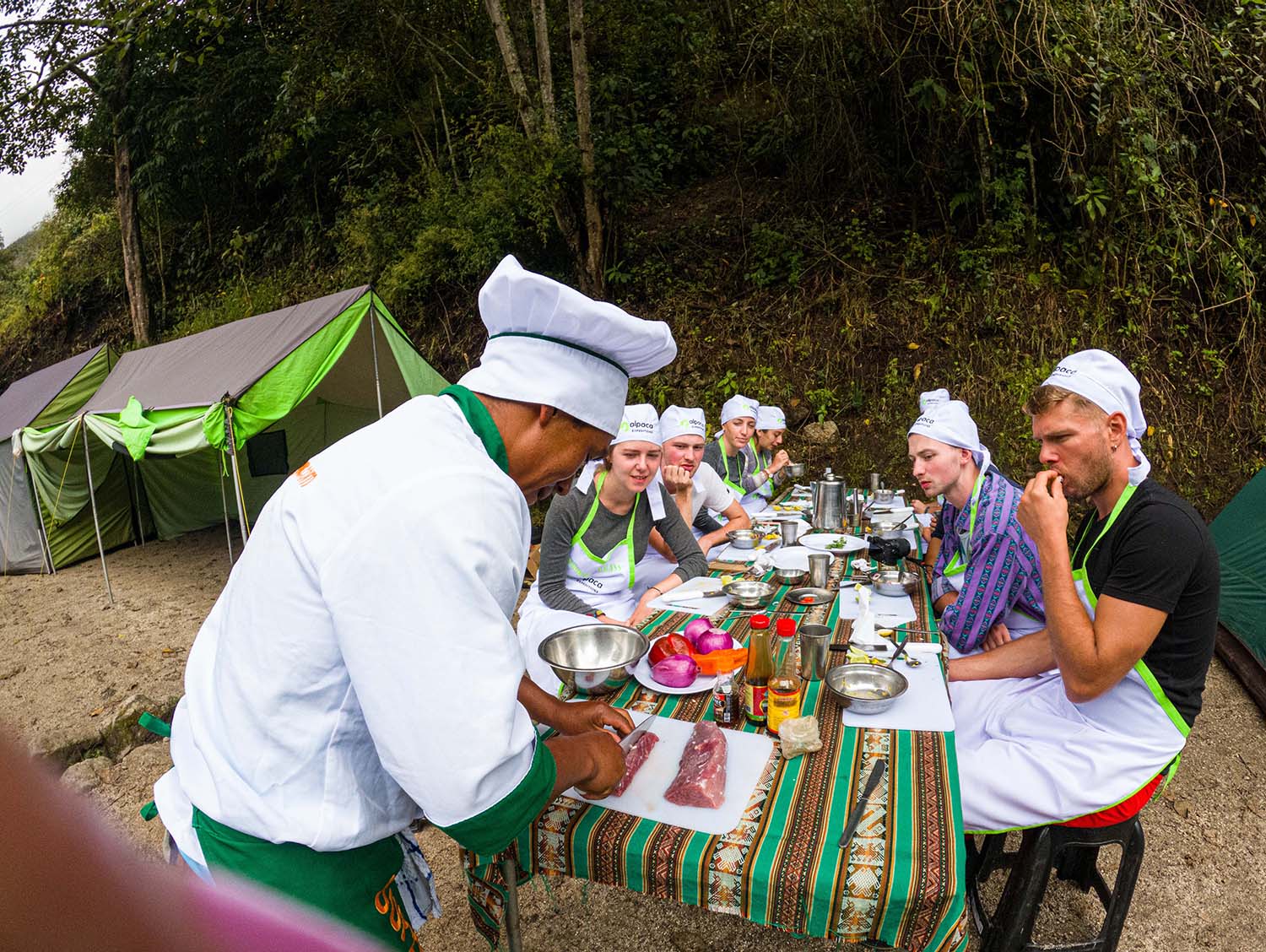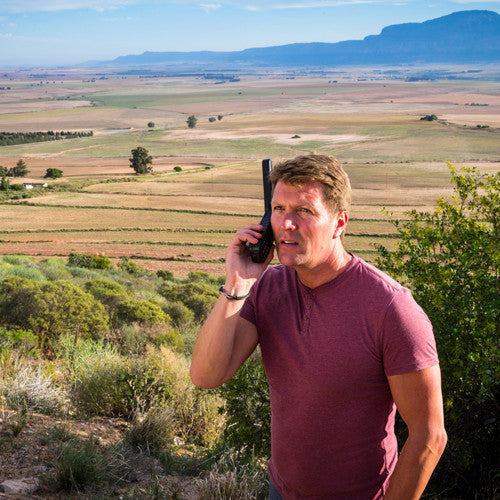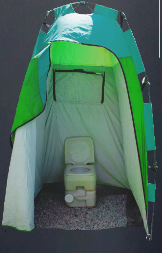Which is Harder, Everest Base Camp or Inca Trail?
Everest Base Camp Vs Inca Trail:
- Overview of Everest Base Camp Trek
- Overview of the Inca Trail
- Physical Challenges: Everest Base Camp vs. Inca Trail
- Altitude Comparison
- Cultural and Scenic Experience
- Accessibility and Logistics: Everest Base Camp vs. Inca Trail
- Which Trek Is Right for You?
- Alpaca Expeditions: Your Trusted Inca Trail Partner
- Conclusion
When it comes to adventure trekking, two of the most famous and challenging destinations in the world are the Everest Base Camp and the Inca Trail. Both treks offer breathtaking views, a chance to explore unique cultures, and the opportunity to challenge yourself in stunning natural environments. However, they are quite different in terms of terrain, altitude, and overall experience.
The Everest Base Camp trek takes you through the heart of the Himalayas, offering a chance to see the world’s highest peak up close, while experiencing the culture of the Sherpa people. On the other hand, the Inca Trail takes you through the Peruvian mountains, leading to the ancient city of Machu Picchu, with stops at Incan ruins along the way.
Choosing between these two treks can be tough because both offer incredible experiences. The goal of this comparison is to help trekkers decide which challenge is right for them. Whether you’re drawn to the high-altitude adventure of Everest or the historical wonders of the Inca Trail, this guide will break down the key differences so you can make an informed decision about your next big trek.
Overview of Everest Base Camp Trek
Distance and Duration: The Everest Base Camp Trek is a famous adventure that covers 130 km (round trip) over the course of 12 to 14 days. It takes you through the beautiful landscapes of the Khumbu region in Nepal, where you will witness some of the highest peaks in the world.
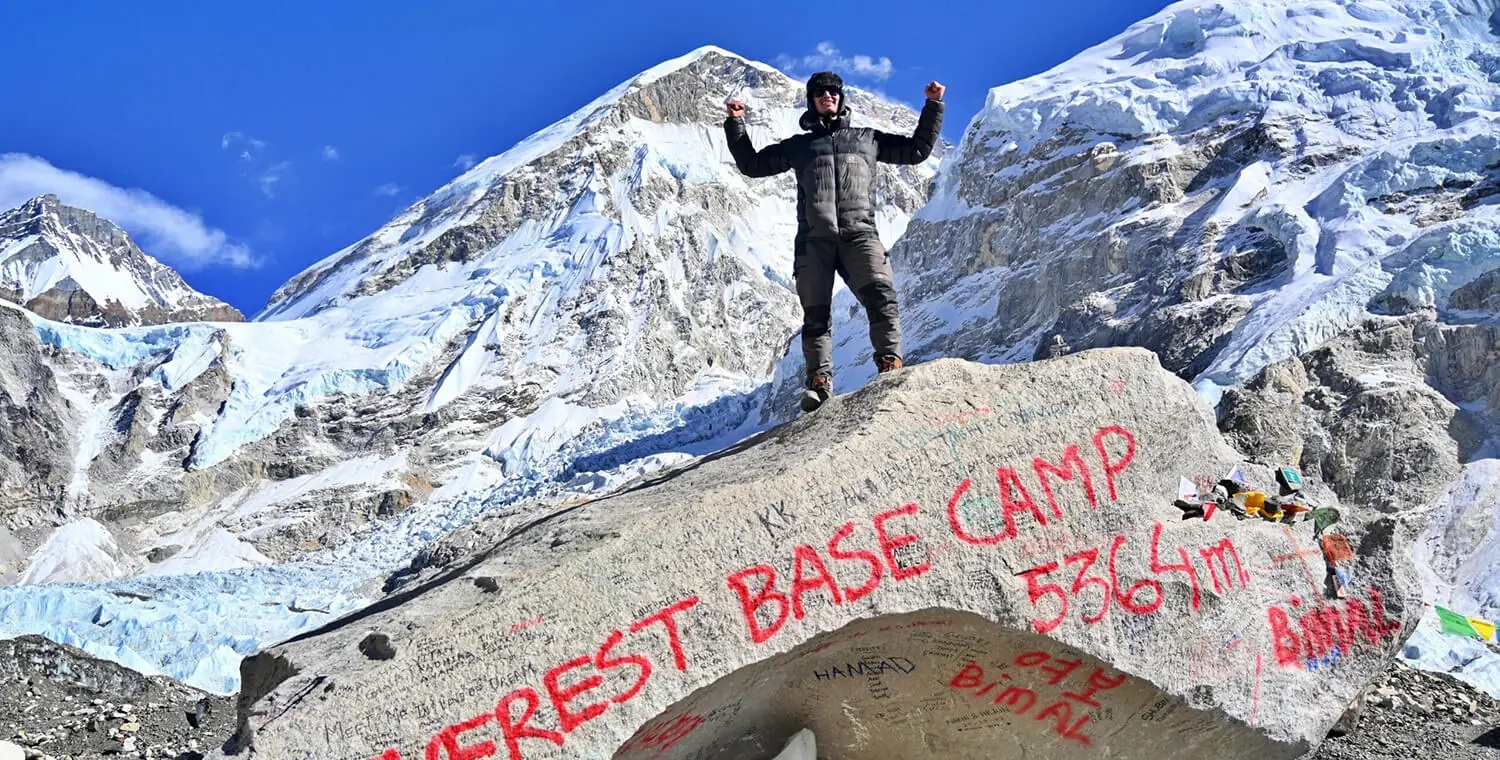
Altitude and Acclimatization: The trek reaches Everest Base Camp at an altitude of 5,364 meters (17,598 feet), which is a significant height. Due to the high altitude, it is essential to allow your body time to adjust, so you will spend several days trekking slowly to avoid altitude sickness. Acclimatization is an important part of the journey, and you will trek at a steady pace to help your body adjust.
Terrain and Weather: The terrain of the trek is challenging, with steep climbs, rocky paths, and narrow trails. You will pass through remote villages, cross suspension bridges, and walk on rugged paths, all while enjoying breathtaking views of snow-capped peaks, glaciers, and valleys.
Cultural Highlights: Along the way, you’ll visit Sherpa villages, Buddhist monasteries, and Sagarmatha National Park, which is a UNESCO World Heritage site. These cultural experiences add to the unique charm of the Everest Base Camp Trek, making it not only a physical challenge but also a cultural journey.
Overview of the Inca Trail
Distance and Duration: The Inca Trail is a famous trek in Peru that takes you on a journey to Machu Picchu, the ancient Inca city. The trail covers 42 kilometers and usually takes 4 days to complete, making it a manageable adventure for most trekkers. The trek starts in the Sacred Valley and ends at the Sun Gate, where you get your first view of Machu Picchu.
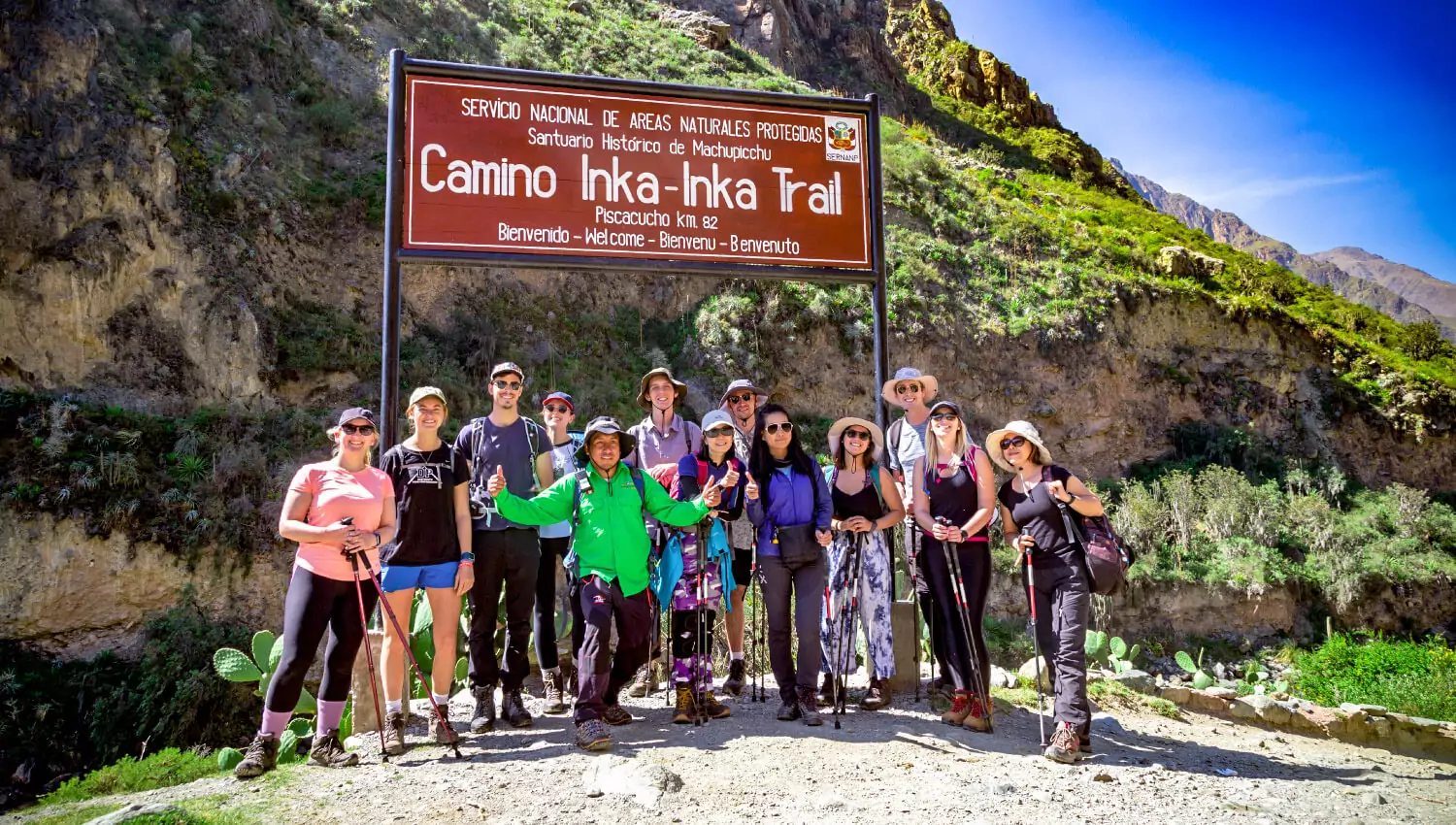
Altitude and Acclimatization: One of the biggest challenges of the Inca Trail is the altitude. The highest point is Dead Woman’s Pass, which stands at 4,215 meters above sea level. While it’s not as high as Everest Base Camp, the altitude can still cause difficulty for some trekkers, so it’s important to take it slow and acclimatize properly.
Terrain and Weather: The terrain is also a mix of steep stone steps, rocky paths, and dense jungle, which can be tough on your knees. The weather changes throughout the trek, from sunny and warm in the valleys to cold and windy at higher elevations.
Cultural Highlights: Along the way, you’ll discover Inca ruins, ancient temples, and stunning views of the mountains and valleys. The Inca Trail is a perfect combination of culture, nature, and adventure, making it one of the most popular treks in the world.
Physical Challenges: Everest Base Camp vs. Inca Trail
The physical challenges of the Everest Base Camp trek are greater due to its longer duration and higher altitude. This trek usually lasts 12 to 14 days, requiring trekkers to endure long days of walking.
The higher you go, the thinner the air, which makes it harder to breathe. This can lead to altitude sickness, which can be serious if not managed properly. Acclimatization is crucial, meaning you’ll need to take breaks and ascend slowly to avoid health risks. The trek is demanding, with steep climbs and rocky paths, making endurance and stamina key.
On the other hand, the Inca Trail trek is shorter, typically taking 4 days. However, it still presents a tough physical challenge due to the steep steps and uneven terrain. The Inca Trail includes long, challenging uphill stretches, especially the climb to Dead Woman’s Pass, the highest point of the trek at 4,215 meters.
The trail is also high-altitude, though not as extreme as Everest, which means fitness is important for maintaining energy levels throughout the journey. The trail’s combination of stairs and hills requires strong legs and good cardiovascular health.
In summary, while both treks are physically challenging, Everest Base Camp requires more endurance and acclimatization, whereas the Inca Trail demands strength for its steep climbs.
When comparing the Everest Base Camp trek and the Inca Trail, altitude plays a significant role in the difficulty of each trek.
Altitude Comparison
The Everest Base Camp trek takes you to a much higher altitude, with the base camp sitting at 5,364 meters (17,598 feet). This high altitude means there is less oxygen, which can cause altitude sickness if you don’t acclimatize properly.
Trekkers need to take extra time to adjust to the high elevations and ensure they don’t rush their climb. The higher you go, the harder it can be to breathe, and you may feel dizzy or fatigued. This makes proper preparation and acclimatization a must for Everest Base Camp.
On the other hand, the Inca Trail reaches a lower altitude, with its highest point, Dead Woman’s Pass, at 4,215 meters (13,828 feet). While this is lower than Everest Base Camp, it can still be challenging for those not used to being at higher altitudes.
The Inca Trail’s high points are brief, but they can still cause discomfort, especially if you’re unprepared. However, the overall trek is shorter, which allows for better acclimatization along the way.
In short, both treks have altitude challenges, but Everest Base Camp requires more careful acclimatization due to its much higher altitude.
Cultural and Scenic Experience
When it comes to cultural and scenic experiences, both the Everest Base Camp trek and the Inca Trail offer unique and unforgettable sights.
On the Everest Base Camp trek, you’ll be surrounded by the towering peaks of the Himalayas, with snow-capped mountains like Mount Everest itself standing tall in the distance. Along the way, you’ll pass through charming Sherpa villages, where you can learn about the Sherpa people’s way of life.
You’ll also get to visit Buddhist monasteries and experience the peaceful, spiritual atmosphere of the region. The scenery is breathtaking, with glaciers, high-altitude lakes, and dramatic views of some of the world’s highest mountains.
The Inca Trail takes you through diverse ecosystems, from cloud forests to high-altitude grasslands, offering a range of beautiful landscapes. Along the trail, you’ll encounter ancient Incan ruins, like the impressive Winay Wayna and the mysterious Sun Gate.
The highlight, of course, is the dramatic arrival at Machu Picchu, the lost city of the Incas, perched high on the mountains with a stunning view that is hard to forget. The combination of history, culture, and natural beauty makes the Inca Trail a unique trekking experience.
Accessibility and Logistics: Everest Base Camp vs. Inca Trail
When it comes to accessibility and logistics, there are some key differences between the Everest Base Camp trek and the Inca Trail.
For the Everest Base Camp trek, travelers must first fly to Lukla, a small town in Nepal. The flight can be a bit risky due to the short, narrow runway at Lukla airport. Once in Lukla, trekkers start their journey by walking through Sherpa villages, often with the help of porters or guides.
The trek to Everest Base Camp takes about 12-14 days, making it a longer commitment. Plus, because of the high altitude, trekkers need extra time for acclimatization to avoid altitude sickness.
On the other hand, the Inca Trail is more accessible. It starts from Cusco, a city that is easy to reach by plane from Lima, Peru. You’ll need to get a permit to hike the trail, but this is relatively easy to arrange, especially with the help of a tour operator like Alpaca Expeditions.
The trek is shorter, taking about 4 days, and you’ll experience incredible views of ancient ruins and Machu Picchu. The shorter duration makes it a more time-efficient option for many travelers.
Which Trek Is Right for You?
When deciding between the Everest Base Camp and the Inca Trail trek, it’s important to consider what kind of adventure you’re looking for.
Choose Everest Base Camp if:
- You’re looking for a longer and more challenging trek at high altitudes. The trek to Everest Base Camp takes about 12-14 days, and you’ll be walking through tough terrain in the Himalayas. It’s perfect for those who want to experience the raw beauty of the Everest region and challenge their physical endurance.
- You’re interested in Himalayan landscapes and the unique culture of the Sherpa people. The trek offers stunning views of Everest and other peaks, as well as visits to Buddhist monasteries and Sherpa villages.
Choose the Inca Trail if:
- You prefer a shorter, more manageable trek. The Inca Trail is only 42 km long and takes 4 days to complete, making it a great option for those looking for a more relaxed adventure.
- You’re fascinated by Incan history and culture. The trail is filled with ancient ruins and gives you a chance to visit Machu Picchu, one of the most famous historical sites in the world.
No matter which trek you choose, we will guide you every step of the way for a memorable experience!
Alpaca Expeditions: Your Trusted Inca Trail Partner
Alpaca Expeditions is your trusted partner for an unforgettable and safe Inca Trail trek. With years of experience, they ensure your journey is not only comfortable but also enriching. From the moment you start your trek to Machu Picchu, we take care of all the logistics, allowing you to focus on the stunning views and cultural experiences.
One of the key aspects that set us apart is their commitment to safety. Their expert guides are trained in first aid and have extensive knowledge of the trail, making sure you’re always in good hands. They also provide high-quality equipment to ensure comfort throughout the trek, including tents, sleeping bags, and nutritious meals.
In addition to providing an exceptional trekking experience, we are committed to eco-friendly practices. They prioritize sustainable tourism by minimizing waste, using eco-friendly products, and supporting local communities. Their tours have a minimal environmental impact, ensuring that future generations can enjoy the beauty of the Inca Trail as much as you will.
Choosing us for your Inca Trail trek means you’ll be guided by professionals, travel sustainably, and experience the magic of Machu Picchu in a safe and responsible way.
Conclusion
In conclusion, both the Everest Base Camp vs Inca Trail offer incredible experiences, but they are quite different in terms of difficulty and what they have to offer. The Everest Base Camp trek is longer, takes more time, and involves higher altitudes, making it physically demanding and requiring proper acclimatization.
It’s perfect for those who want to experience the Himalayas and test their endurance in a high-altitude environment. On the other hand, the Inca Trail is shorter, with its challenges mostly being steep stone steps and rugged terrain, but it’s at a lower altitude, which might be easier for some trekkers. It also offers rich cultural experiences and breathtaking views of Inca ruins leading up to the majestic Machu Picchu.
When deciding which trek to choose, think about your fitness level, how much time you want to spend trekking, and what kind of adventure you are looking for. The Inca Trail is a perfect choice if you’re after a shorter trek with a cultural journey.
Book your Inca Trail trek with Alpaca Expeditions today for a safe, comfortable, and unforgettable adventure that blends culture, history, and nature. Let us help you create memories that will last a lifetime!
You might like these as well:
Alpaca Expeditions Recognitions
ISO (International Organization for Standardization)
In the pursuit to stand out from the rest, Alpaca Expeditions has obtained four ISOs plus our carbon footprint certificate to date. These achievements result from our efforts to implement the internationally-recognized integrated management system. They also represent our commitment to all of our clients and staff of operating sustainability and responsibility in every way possible.
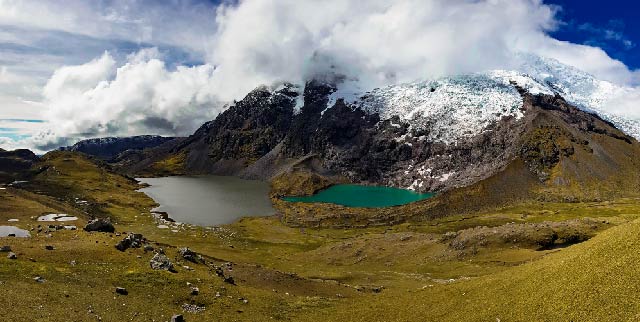
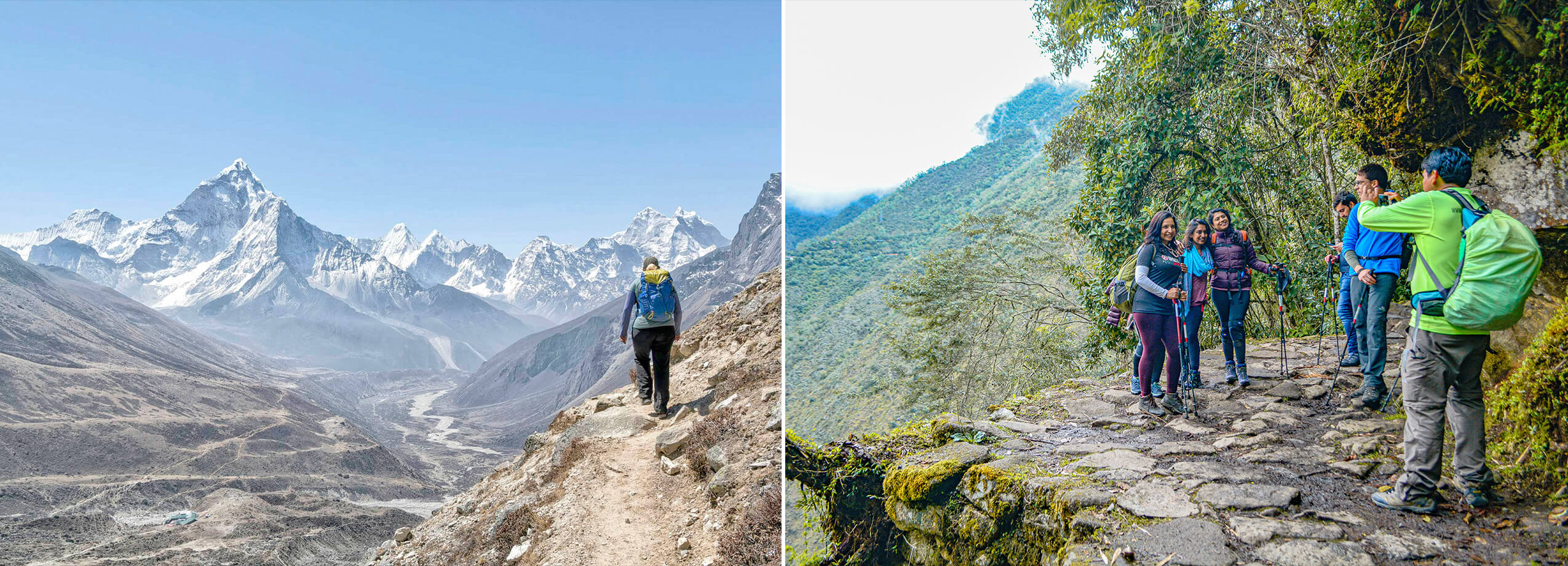
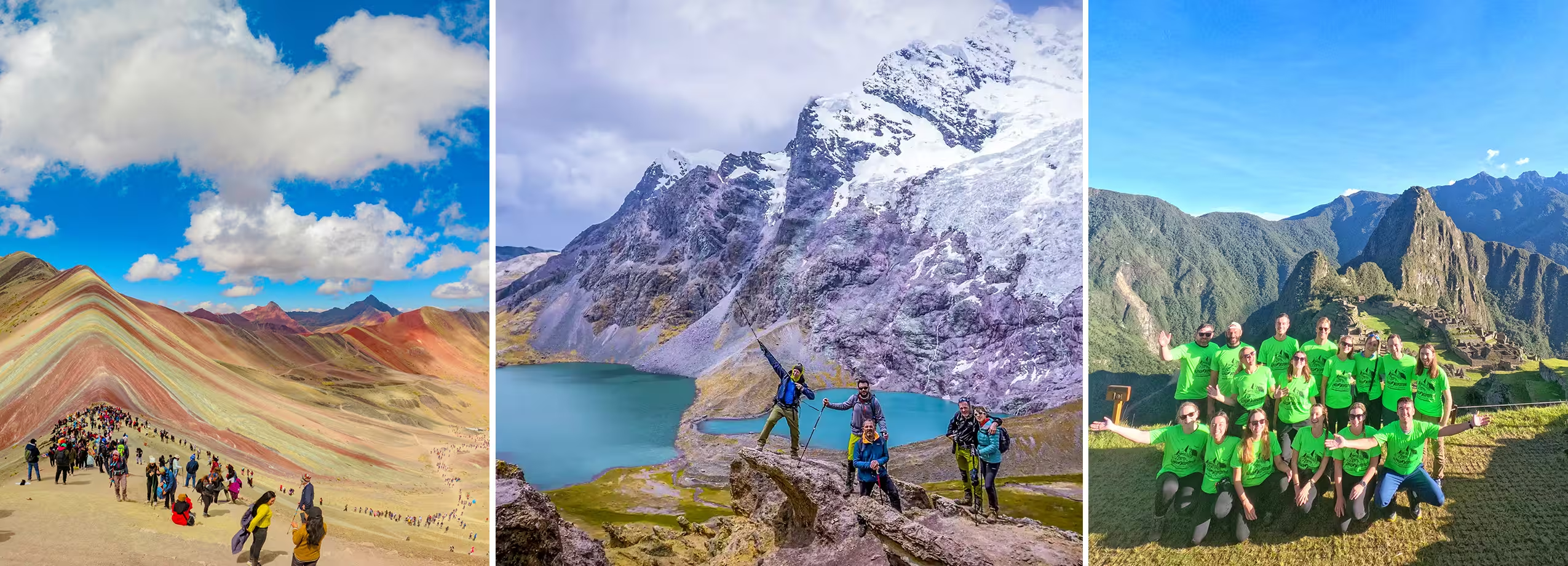

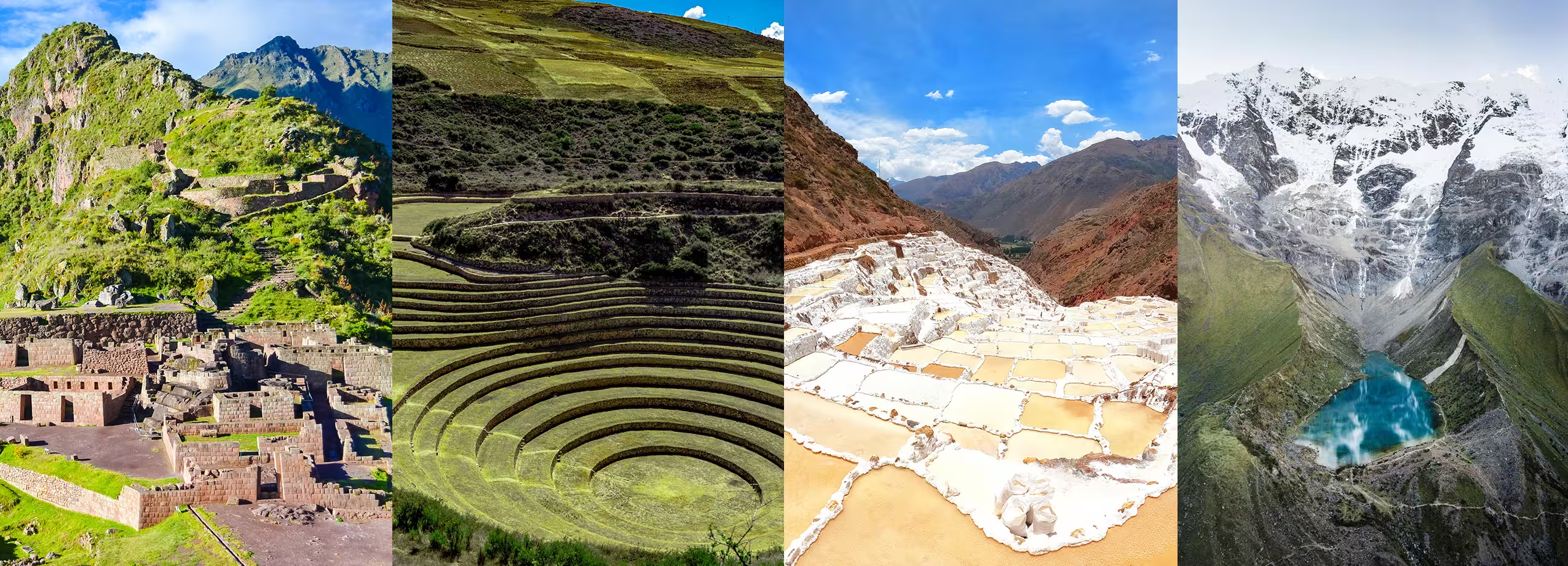
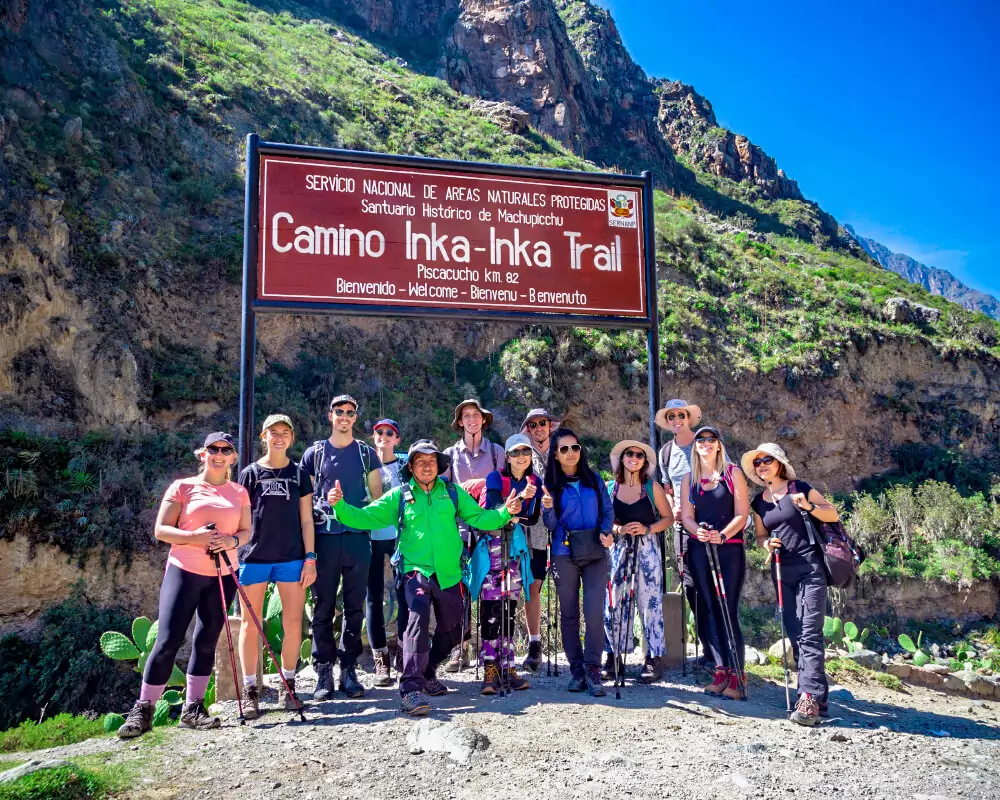
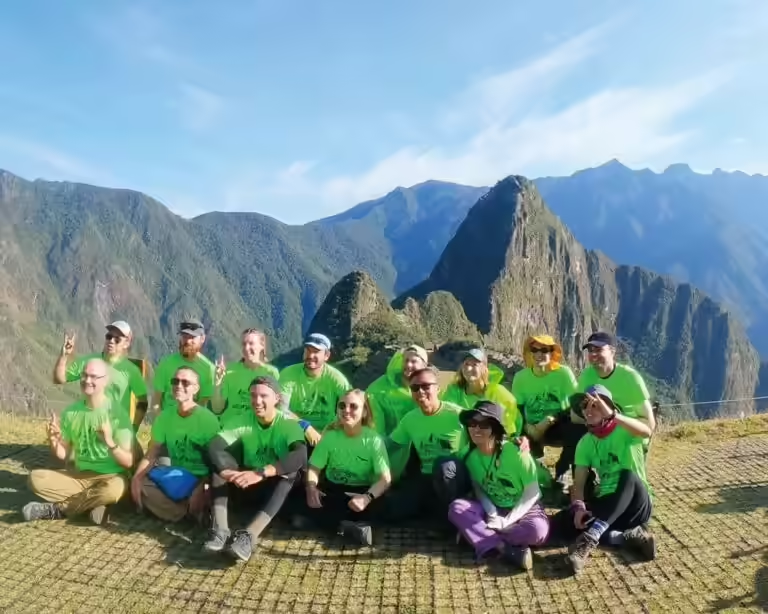
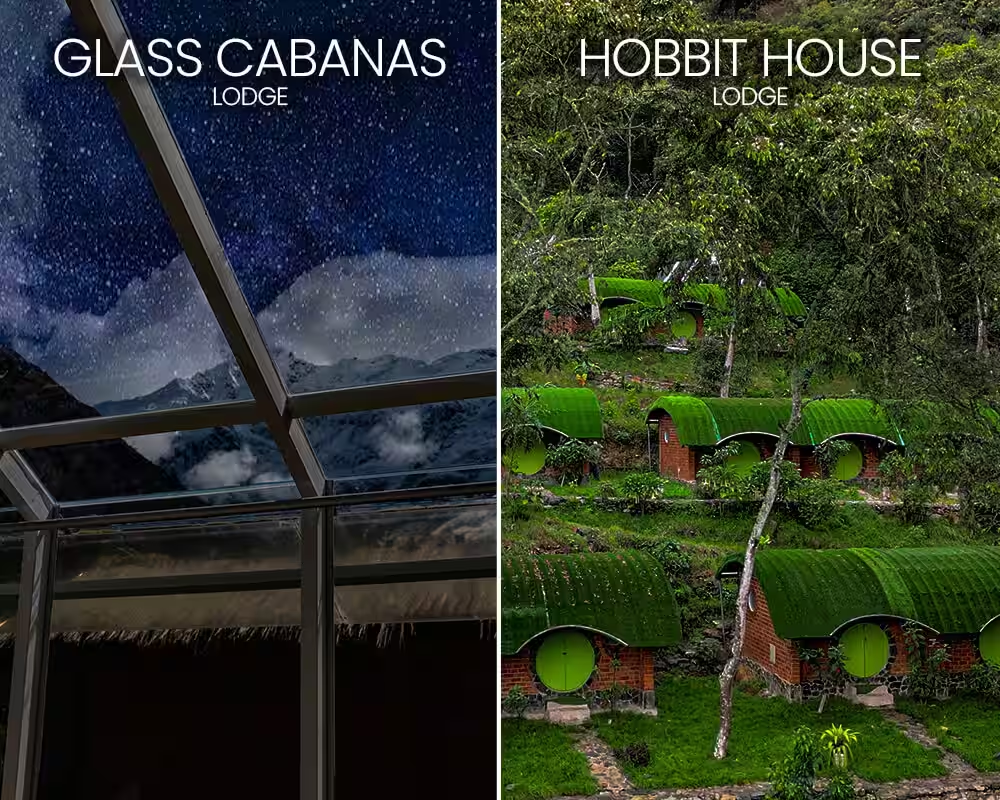

































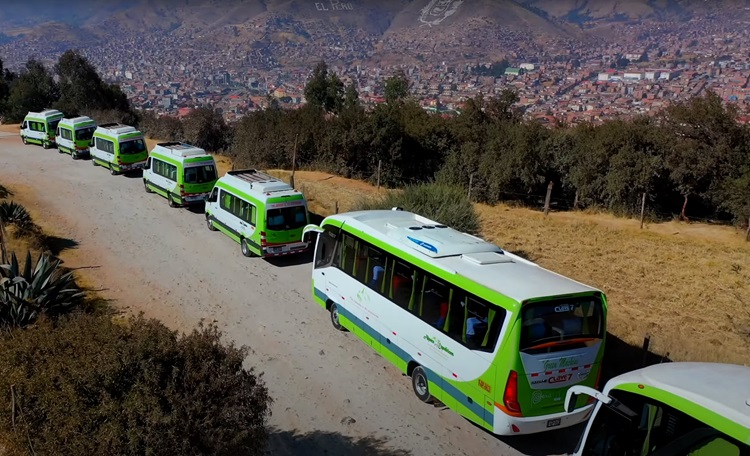
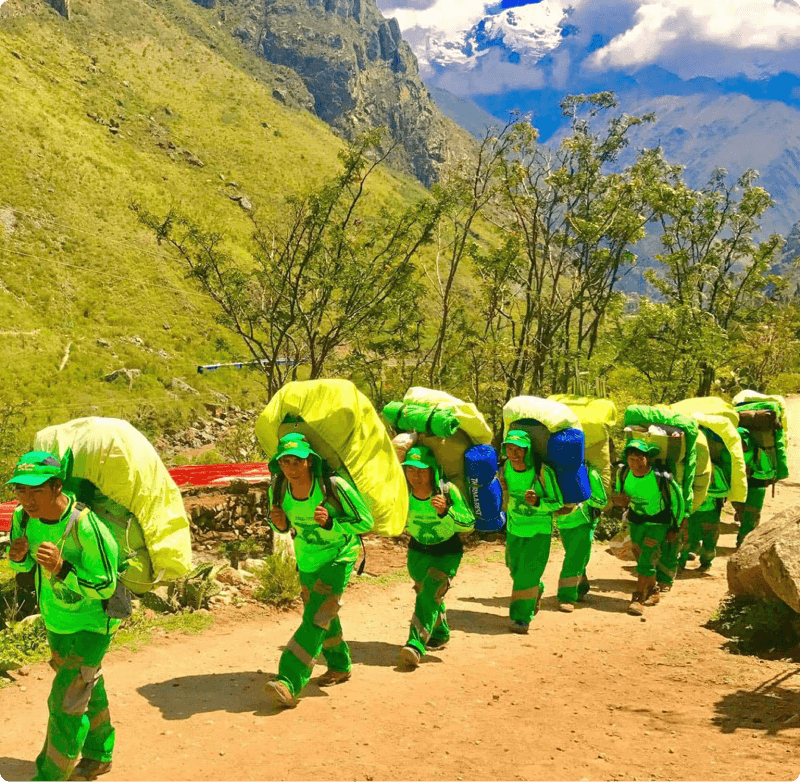 Porters will carry up to 7 kg of your personal items, which must include your sleeping bag and air mat (if you bring or rent one). From us, these two items weigh a combined total of 3.5 kg.
Porters will carry up to 7 kg of your personal items, which must include your sleeping bag and air mat (if you bring or rent one). From us, these two items weigh a combined total of 3.5 kg.